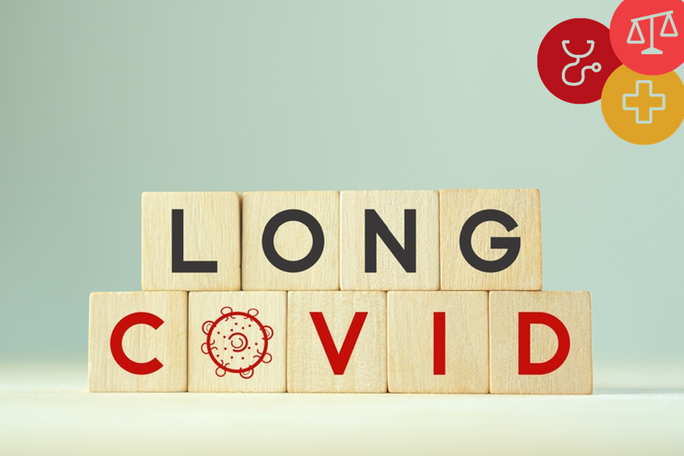
Following the 2020 COVID-19 pandemic, many people are now living with long COVID – a condition characterised by persistent or new symptoms following a COVID-19 infection, some of which can be debilitating. In this article we discuss ASA rulings on ads for some of the therapies which claim to treat the condition and what you need to be aware of so that your claims comply with the Code.
What is long COVID?
According to NICE, long COVID refers to the signs and symptoms that last more than four weeks after a COVID-19 infection.
Long COVID is a new condition which is still being studied, but there are a wide variety of signs and symptoms of long COVID, which can overlap and change over time. According to the NHS, the most common ones are: extreme tiredness, feeling short of breath, problems with memory and concentration (sometimes known as “brain fog”), heart palpitations, dizziness, joint pain and muscle aches.
Tackling ads claiming to treat long COVID
In 2023, the ASA initiated seven proactive investigations into ads made by treatment providers who made claims that they could treat long COVID. However, after thoroughly assessing the evidence received, all of the ads were found to breach the Code.
One advertiser, who claimed that craniosacral therapists could treat patients with long COVID, did not provide the ASA with any evidence to substantiate those claims. So, without evidence, the claim hadn’t been substantiated and breached the Code.
Two advertisers claimed that acupuncture could treat long COVID. However, despite them both providing evidence, the ASA did not consider it substantiated the claims. That included because it wasn’t of sufficient quality; didn’t look at long COVID; or because the acupuncture was given alongside another treatment, so it was not possible to determine what contribution the acupuncture had. Those rulings can be read here and here.
Four advertisers claimed that Hyperbaric Oxygen therapy (HBOT) could treat long COVID and its symptoms. In all cases, the ASA concluded that the evidence supplied did not meet the standard required. That included because press releases and news articles of personal experiences are not sufficient, and because the evidence related to a different condition – COVID-19 instead of long COVID.
Another advertiser claimed that red light therapy would help with the recovery from many of the symptoms of long COVID. However, the evidence provided discussed its effect on health generally and was not relevant for the treatment of long COVID.
How to ensure your ads don’t breach the Code
The Advertising Guidance on Health, beauty and slimming claims substantiation provides information on the type of evidence the ASA would expect advertisers to hold before making claims that they can treat long COVID.
For claims of this kind, which would be considered “new” or “breakthrough”, the ASA will expect to see robust scientific evidence usually consisting of peer-reviewed, adequately controlled experimental human studies. But advertisers still need to carefully consider the aims and limitations of any studies they reference to be sure they support the claims being made and how those claims would be understood by consumers.
The CAP Copy Advice team is more than happy to provide advice on your non-broadcast advertising to make sure you get it right!
More on
-
Keep up to date
Sign up to our rulings, newsletters and emargoed access for Press. Subscribe now.


